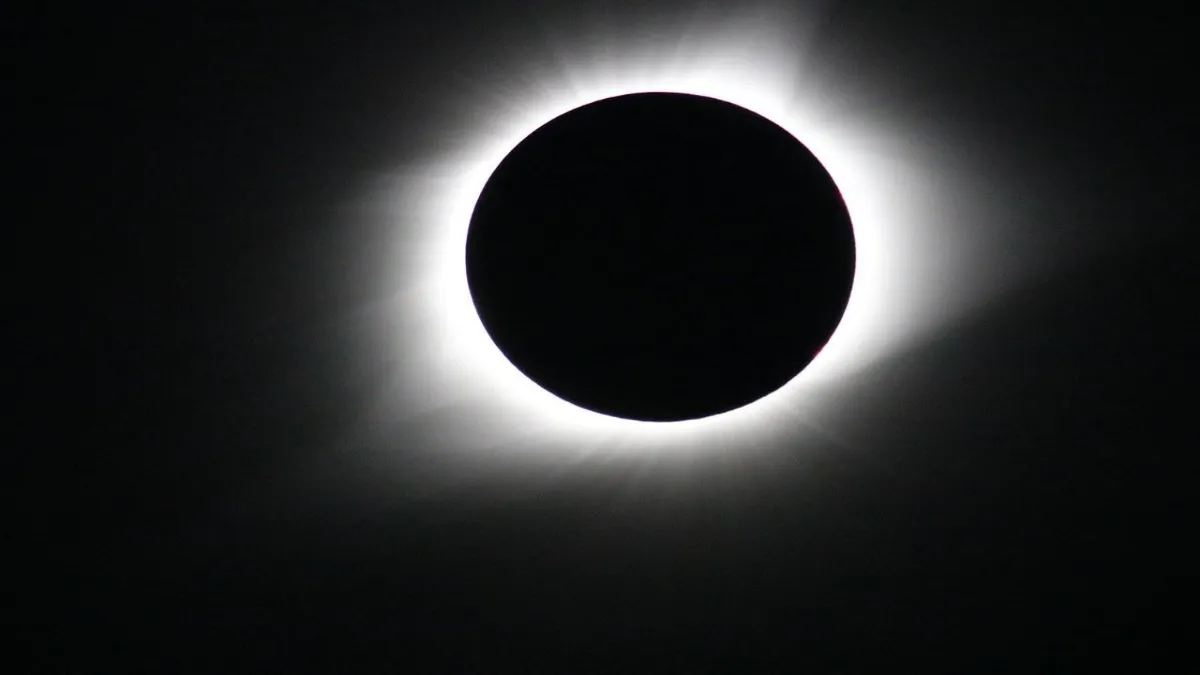On August 12, 2026, the world will witness a breathtaking event — a total solar eclipse. For a few precious minutes, the Moon will perfectly align with the Sun, casting a shadow across parts of the Earth and turning day into night.
This rare astronomical event will be visible across Europe, Greenland, and parts of the Arctic, drawing travelers, photographers, and skywatchers from around the world.
Whether you’re a first-time eclipse chaser or an experienced traveler, preparing ahead will help you experience this moment safely and in full awe.
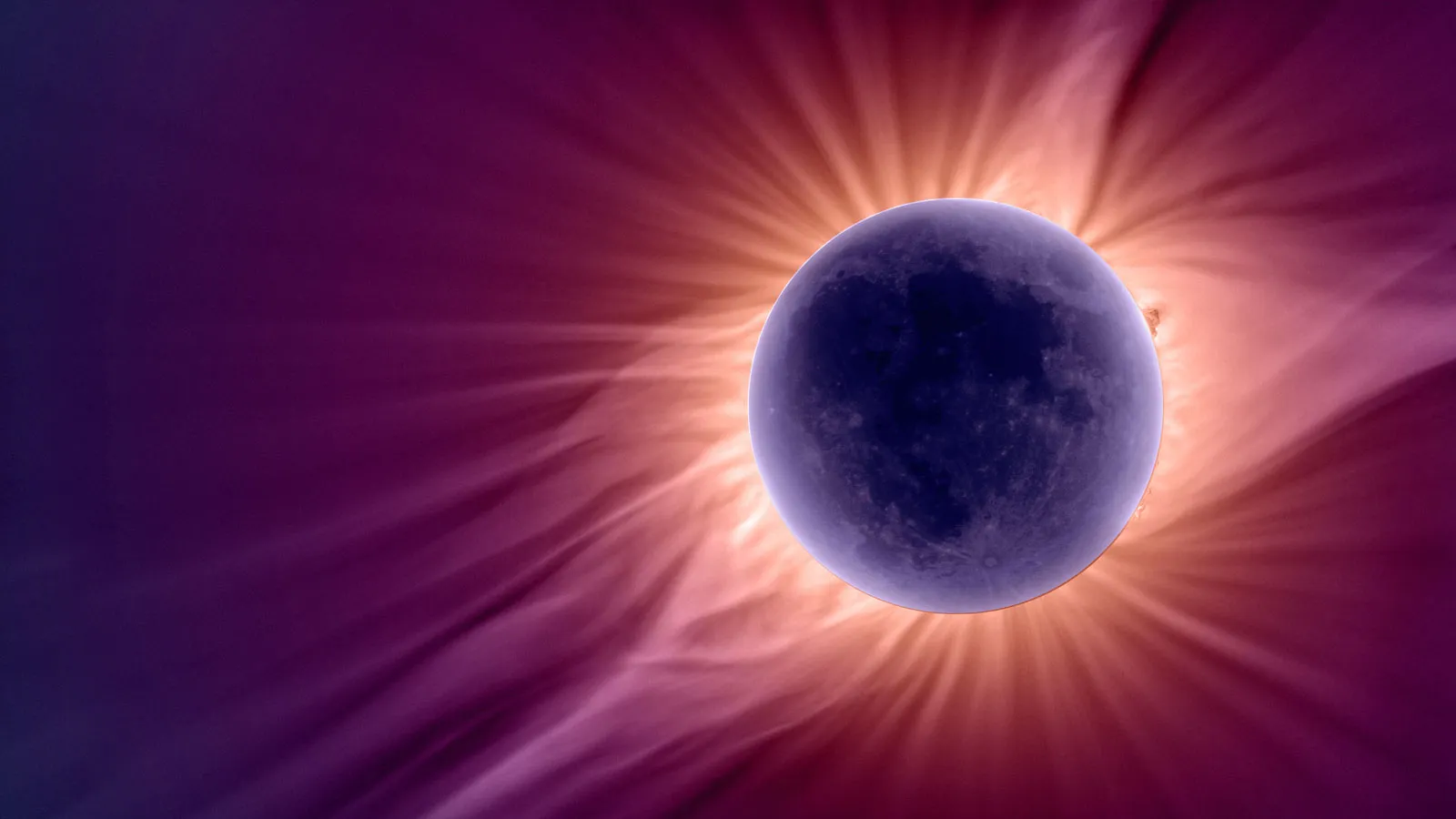
What Makes the 2026 Eclipse Special
The 2026 total solar eclipse will be visible across parts of the Arctic, Greenland, Iceland, and Spain, with partial views in much of Europe, North Africa, and North America.
What makes this eclipse unique is its path—unlike many past eclipses, this one will pass over both remote northern regions and popular European destinations.
In cities like Madrid, viewers will see nearly a 90% partial eclipse, while those in northern Spain will experience totality lasting up to 2 minutes and 18 seconds. The weather in Spain during August is typically clear, making it one of the best and most accessible locations for travelers.
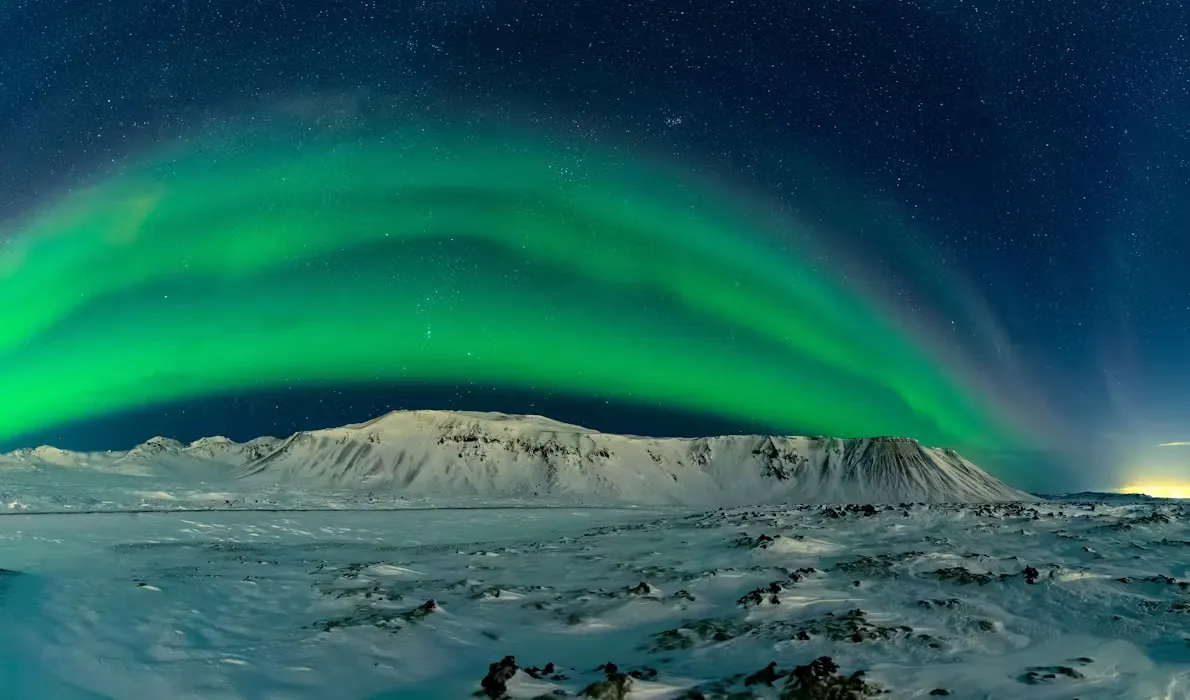
Best Places to Watch the 2026 Eclipse
If you want to see totality, location is everything. Here are some of the best places to plan your trip:
Northern Spain (Basque Country, Asturias, Cantabria)
This region offers the longest duration of totality on the European mainland. Cities like Bilbao and Santander fall directly along the path of totality, making them ideal viewing spots.
Iceland
For those seeking an adventure, Iceland offers dramatic landscapes—volcanoes, glaciers, and wide open skies. Weather can be unpredictable, but the experience is unmatched.
Greenland
The eclipse will cross the eastern edge of Greenland, providing an otherworldly experience for travelers seeking solitude and raw beauty.
Portugal and Western France (for partial views)
Though not in the path of totality, these areas will experience a deep partial eclipse—still an incredible sight, especially near sunset.
When planning, check NASA’s eclipse maps or local astronomy websites to see the exact timing and visibility for your chosen location.
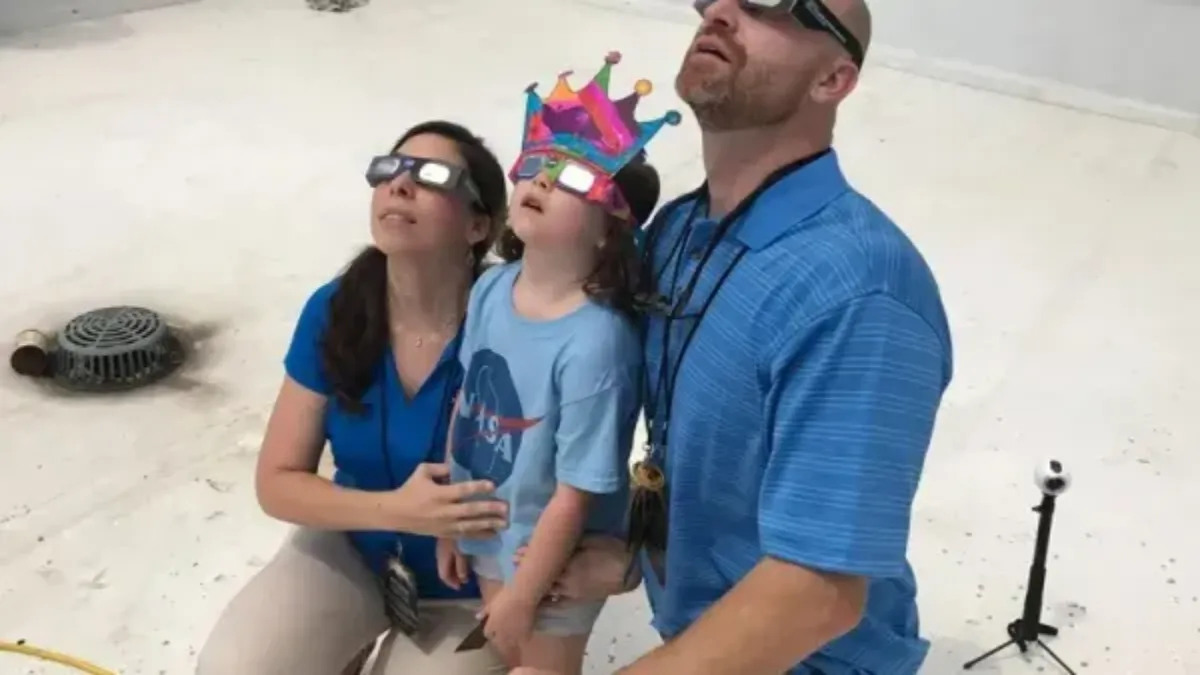
Planning Your Eclipse Trip
Eclipse chasing is growing in popularity, so planning early is essential. Hotels, flights, and tour packages often sell out months in advance. Here are a few tips on how to prepare.
You should book accommodations early. You should look for hotels or Airbnbs along the path of totality. Smaller towns often offer better viewing conditions with less light pollution.
You should also plan for weather as August skies in Spain and Iceland can be unpredictable. Have a backup viewing location within a few hours’ drive in case clouds roll in.
Traffic and crowds can become overwhelming on eclipse day which is why you have to arrive early. Arriving at least one day before ensures you won’t miss the main event.
Finally, bring sunscreen, water, snacks, and proper eclipse glasses. Regular sunglasses are not safe for viewing the Sun. If you plan to take photos, bring a solar filter for your camera or telescope.
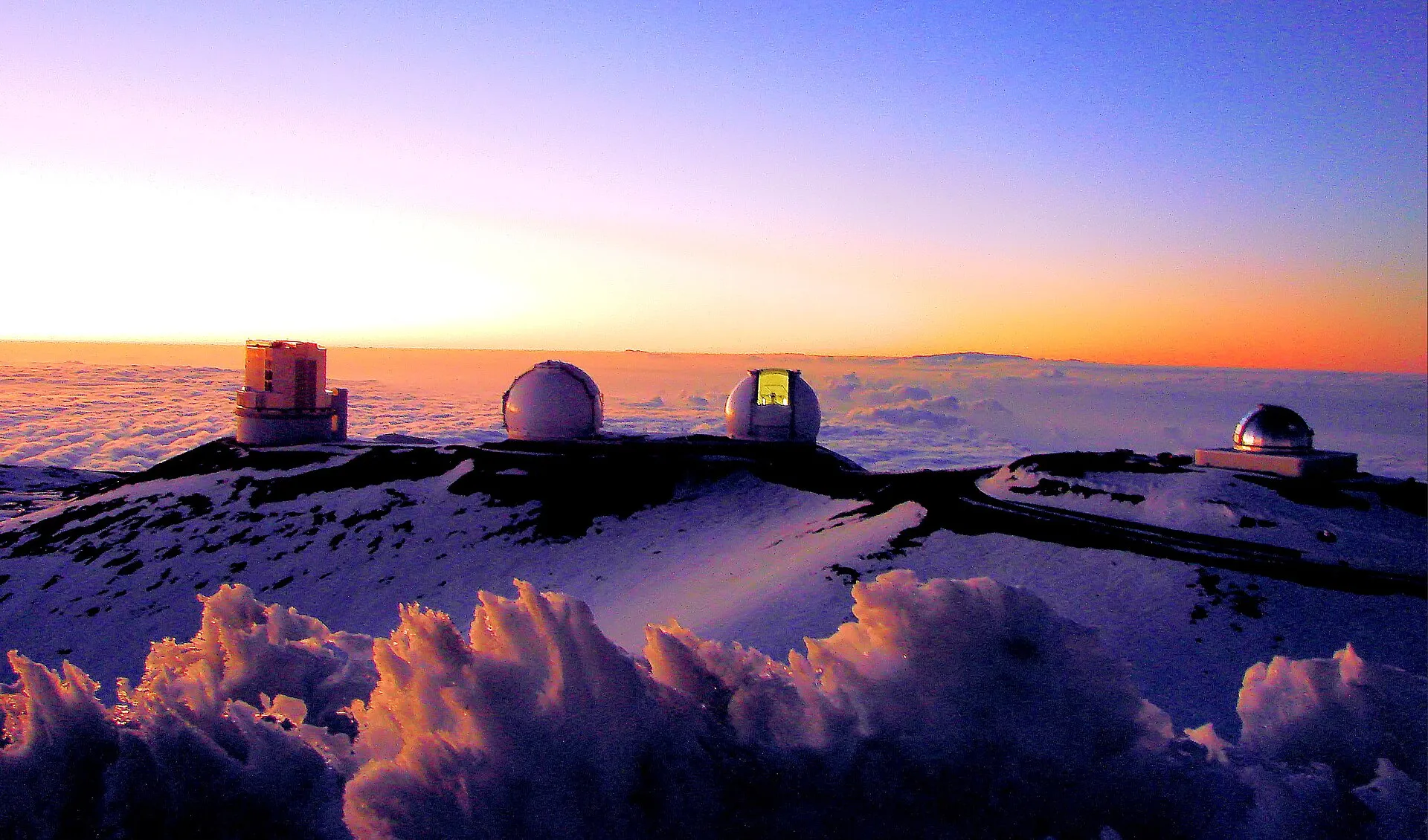
Staying Safe While Watching
Safety is crucial when viewing a solar eclipse. Looking directly at the Sun, even for a few seconds, can cause serious eye damage. Always use ISO-certified eclipse glasses or solar filters when observing any phase except totality.
During totality—the brief period when the Sun is completely covered—it’s safe to remove your glasses. However, once the Sun begins to reappear, put them back on immediately.
If you’re photographing the event, make sure your equipment has a certified solar filter. Avoid using binoculars or telescopes without proper protection, as they can intensify sunlight and cause instant eye injury.
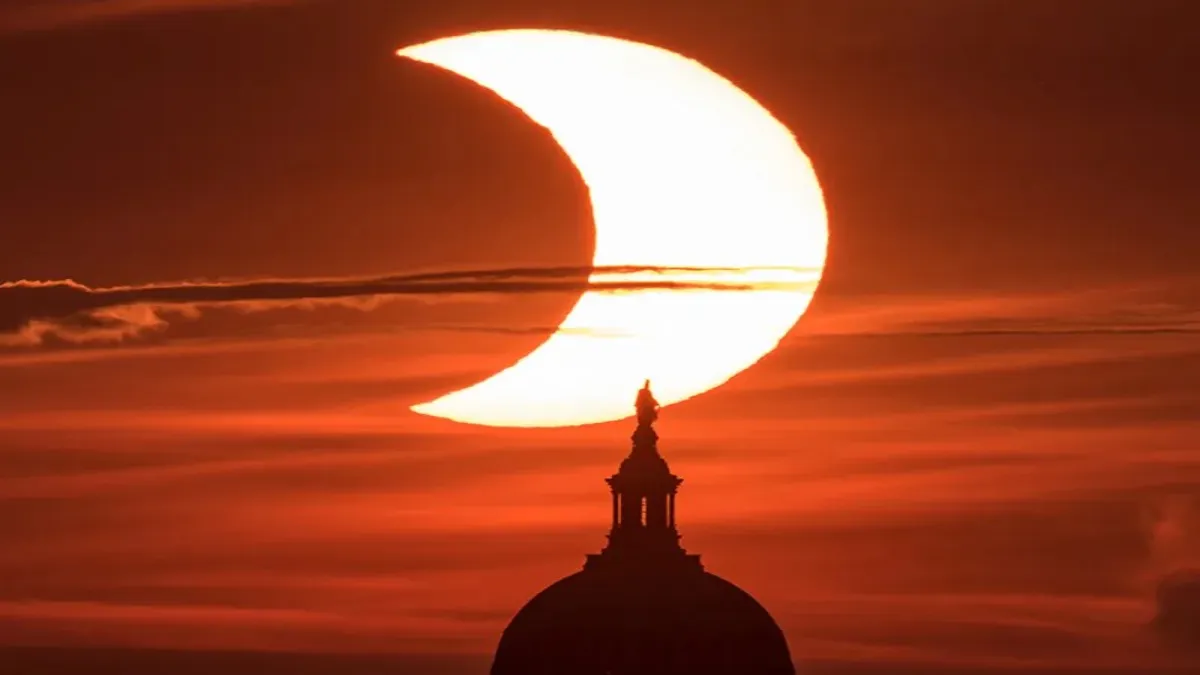
What to Expect During Totality
As the Moon begins to move across the Sun, the sky will gradually darken. Temperatures may drop slightly, and animals may behave as if it’s dusk. Shadows become sharper, and the world takes on an eerie, silvery light.
When the Sun is completely covered, you’ll see the solar corona—a halo of light surrounding the dark Moon. The stars and planets may appear briefly. This moment, lasting only a few minutes, is what makes total solar eclipses so magical.
After totality, the Sun will slowly reappear from behind the Moon, and daylight will return just as gradually as it faded. The full event, from the start of partial coverage to the end, usually lasts around 2 to 3 hours.
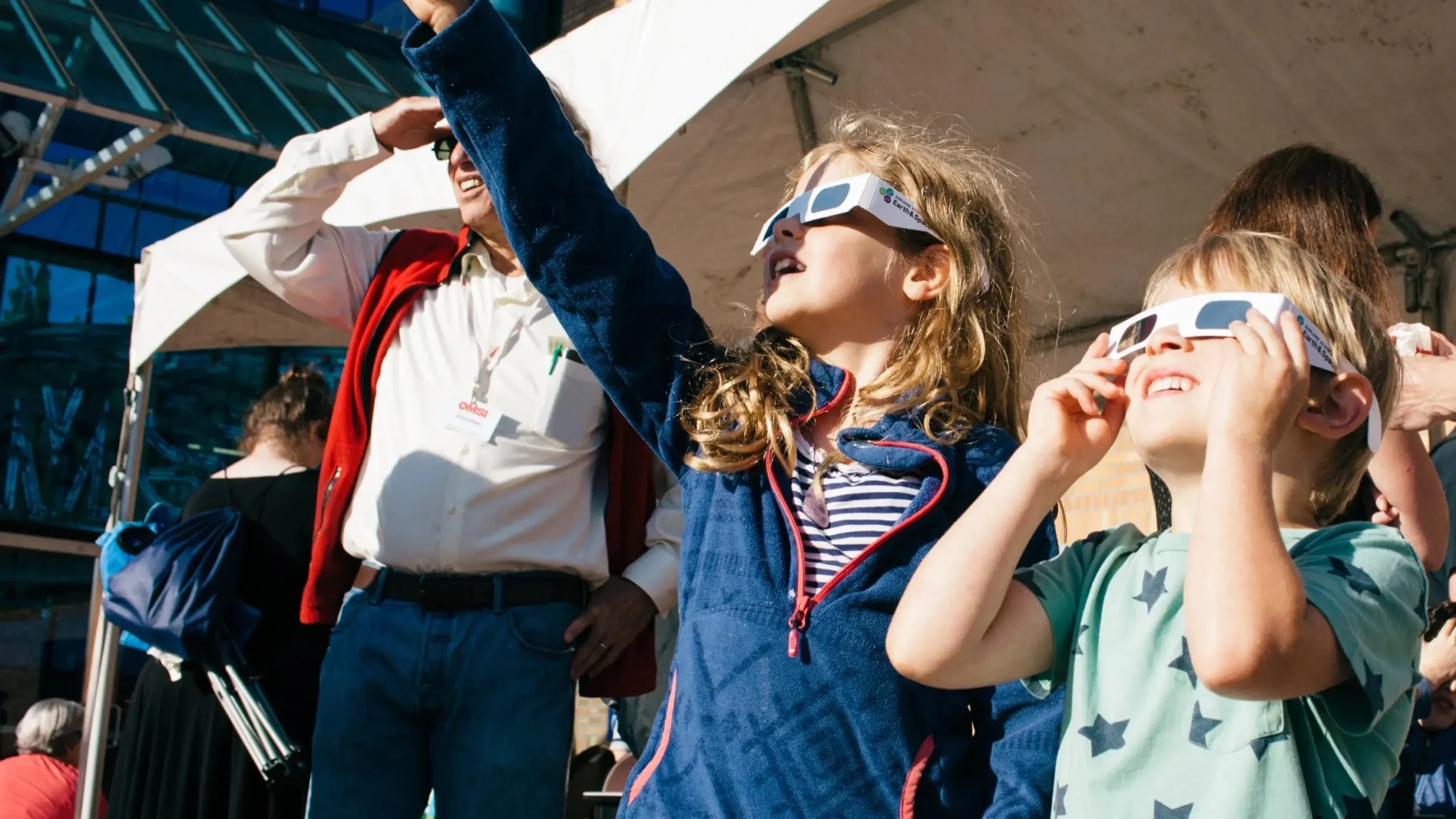
Helpful Tips for Travelers
Join an eclipse tour.
Several travel companies and astronomy groups offer guided tours with transportation, expert commentary, and viewing gear included.
Learn basic astronomy.
Understanding what you’re seeing makes the experience even more meaningful. Read about eclipse mechanics before the trip.
Respect local communities.
If traveling to small towns or rural areas, be mindful of residents and their environment. Dispose of trash properly and support local businesses.
Prepare for crowds.
Eclipse events attract thousands of people. Bring patience and plan extra time for transportation or dining.
Capture the moment.
Use a tripod and practice photographing the Sun before eclipse day. Remember that experiencing it with your own eyes is often more memorable than taking pictures.
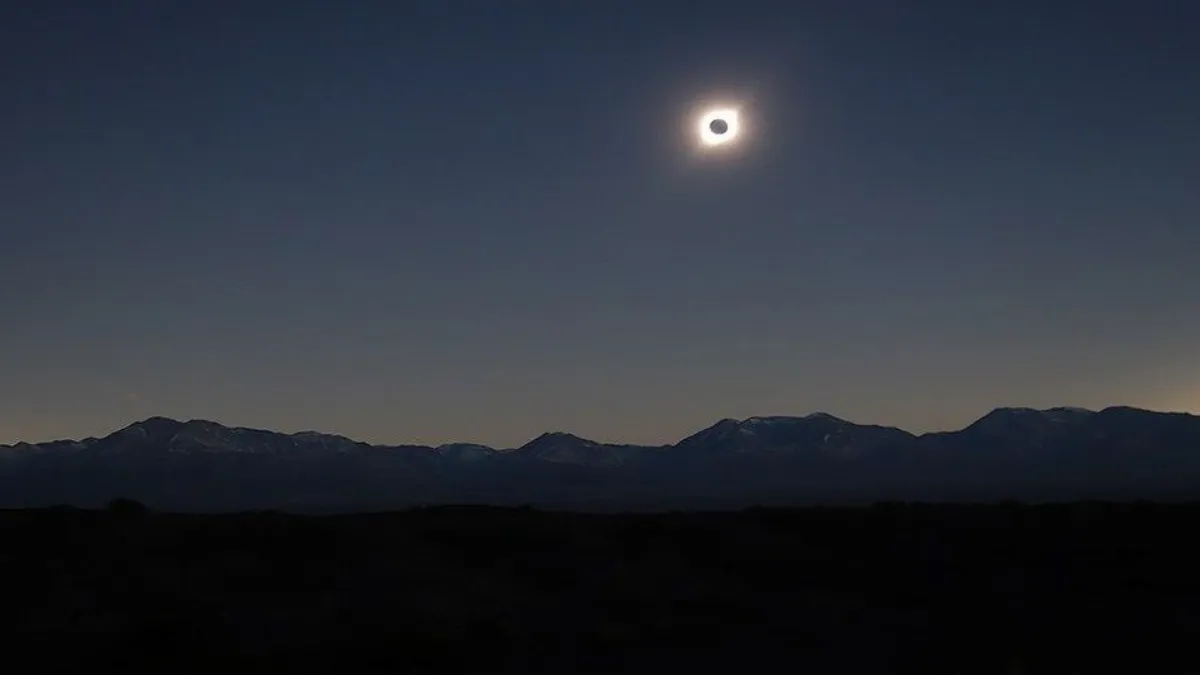
After the Eclipse
Once the eclipse ends, consider extending your trip to explore the region. Northern Spain offers rich culture, cuisine, and coastal scenery. In Iceland, you can visit geothermal spas, waterfalls, and volcanic parks. In Greenland, the vast Arctic wilderness awaits those who enjoy adventure travel.
Astronomy lovers may also start planning for the next total solar eclipse on August 23, 2044, visible across parts of North America. Each eclipse offers its own unique path and atmosphere, and many travelers find the experience addictive—turning into lifelong “eclipse chasers.”
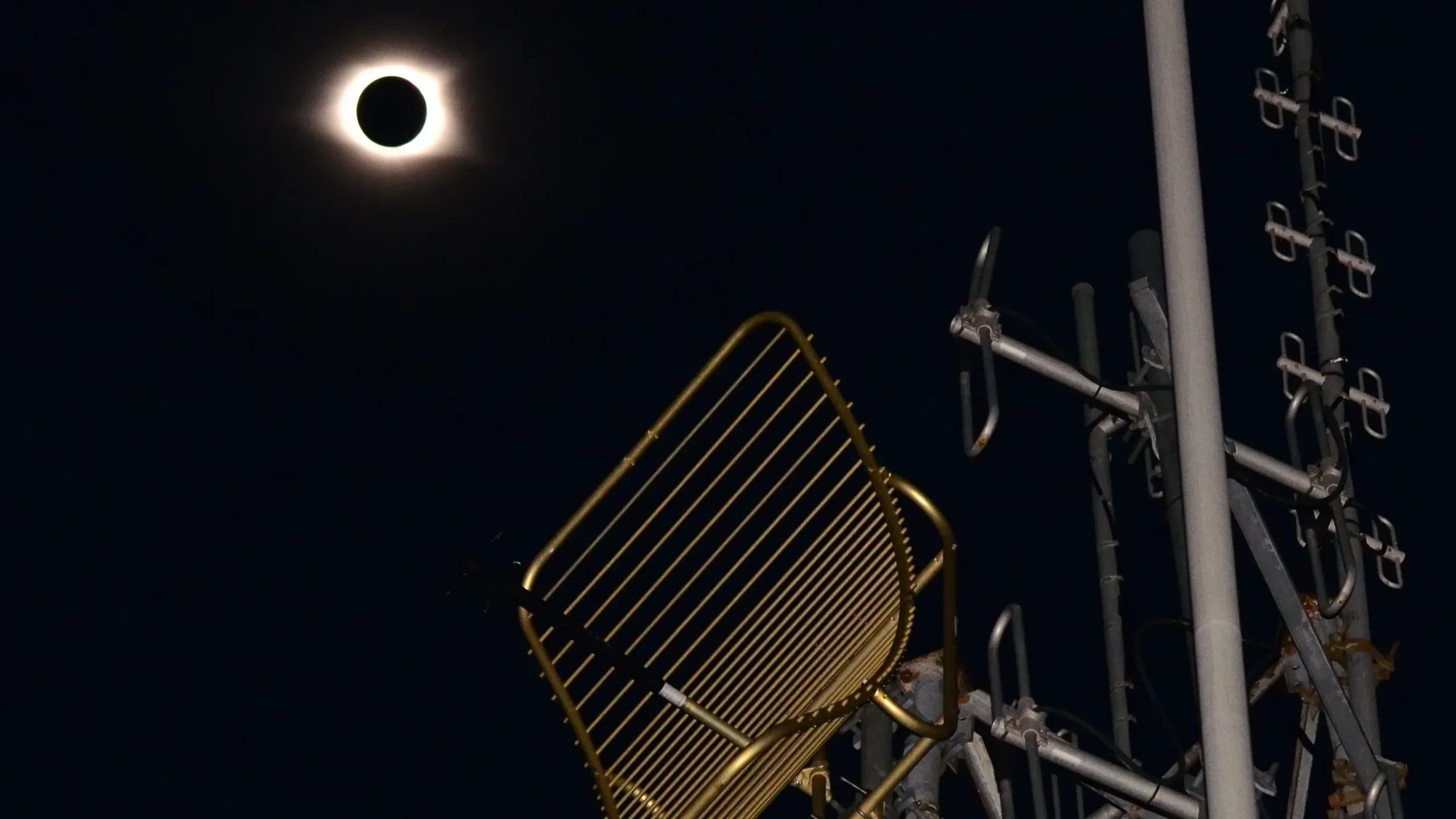
Bottom Line
The 2026 total solar eclipse will be one of the most exciting astronomical events of the decade.
Whether you’re standing on a Spanish beach, an Icelandic plain, or the frozen shores of Greenland, witnessing the Moon’s shadow sweep across the Sun is an unforgettable moment.
Plan early, stay safe, and be ready to look up—because for a few minutes on August 12, 2026, the universe will remind us just how extraordinary our small corner of it can be.
Stay tuned with us. Further, follow us on social media for the latest updates.
Join us on Telegram Group for the Latest Aviation Updates. Subsequently, follow us on Google News

